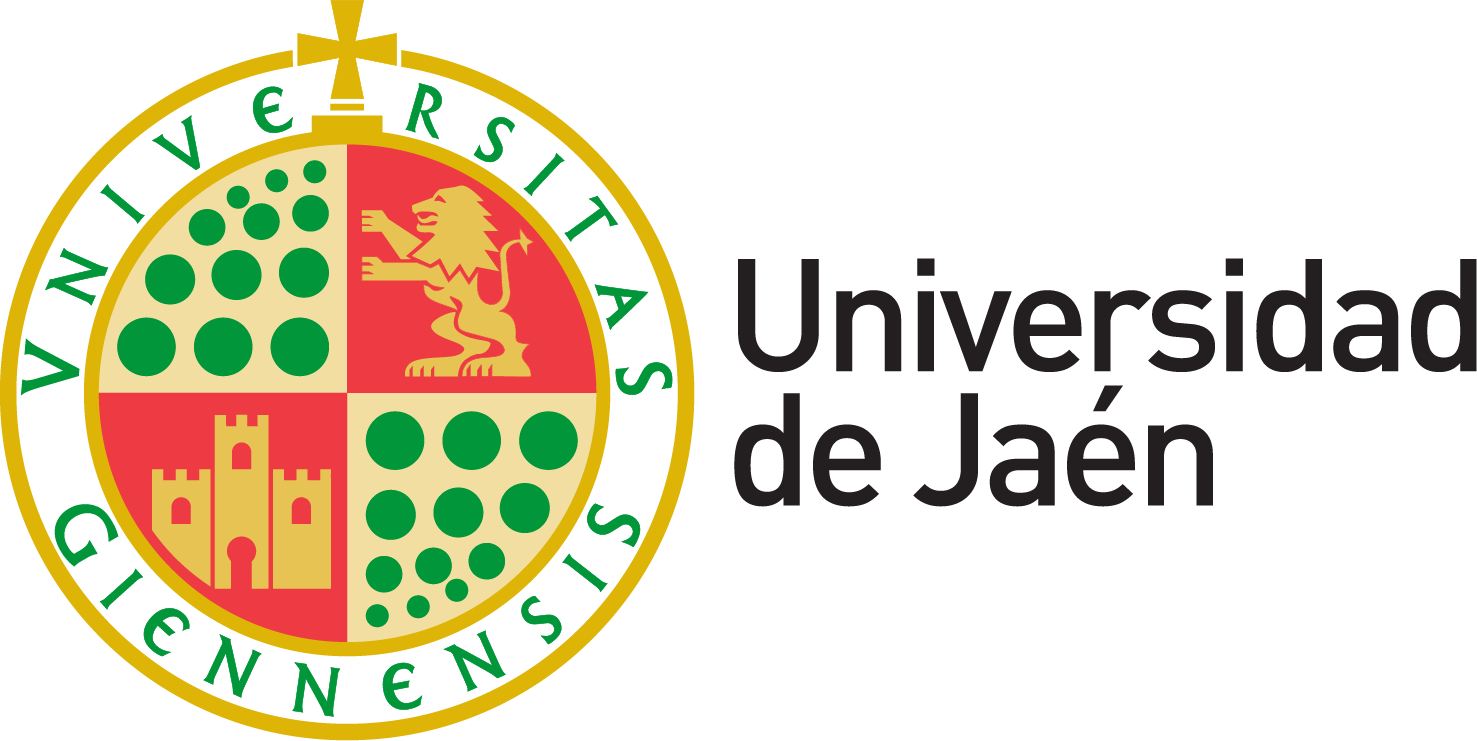El IISTA has several laboratories.
Laboratories

Terrestrial Ecology Laboratory
Definition
Ecology Group different equipment types:
Iecolab has a network of own manufacture wireless sensors capable of measuring temperature of the air and soil, air and light and soil moisture. Also various types of cameras are designed to quantify the capacity of vegetation to produce biomass through photosynthesis. All these devices are currently installed in the oak forest of Cañar.
Contact Person:
| Regino Zamora Rodríguez | Email: rzamora@ugr.es | Telf: 958.243242 |
Visitar web

Environmental fluid dynamics laboratory
Definition
The laboratory is divided into three sections: section of maritime engineering, engineering section of wind and atmosphere-ocean interaction section. In all cases studied the behavior and interaction with structures of a fluid, either water (waves, currents) or air (wind) and the interaction between them.
The maritime engineering section is dedicated to the test and study of phenomena in which the fluid is involved water. The activities take place in different facilities which consists the lab: wave tank, wave Flume and tilt channel. The main studies carried out are: (1) analysis of the characteristics of wave propagation, (2) analysis of surge-current interaction, (3) analysis and optimization of the surge-structure interaction, (4) analysis and optimization of the behavior of port docks, (5) analysis of the behavior of the ship-dock interaction.
Wind engineering section is dedicated to the testing and study of phenomena in which the fluid air is involved. The activities take place in different facilities which consists the lab: wind tunnel of layer limit I and layer boundary II wind tunnel. The main feature of these facilities is in them, you can simulate the profile of speed and intensity of turbulence in the atmosphere (atmospheric boundary layer). The main studies carried out are: (1) analysis and optimization of the viento-estructura interaction, (2) transport wind of sediments, study of formation and movement of dunes, (3) optimization of aerodynamic and sporty performance, (4) analysis of the field of winds over complex topography, (5) comfort in urban studies – urban and architectural planning, (6) dispersion and concentration of contaminants.
Finally, the atmosphere-ocean interaction section focuses on the study of the processes of generation of wave action and exchange between the atmosphere and the ocean, in particular between the layer boundary atmospheric (ABL) and oceanic (OBL). This is available from the channel of interaction atmosphere-ocean, CIAO, unique in the world of its characteristics, since it combines the generation of wind, waves and currents in two heights, all independently and reversible. It incorporates a system of generation of rain. The main lines of research carried out at CIAO are: (1) generation processes of waves by wind, (2) interaction between ABL and OBL, (2) dynamics of estuaries, (4) generation of current by wind, (5) combined actions of waves and wind on structures, (6) generation of wave energy.
The laboratory is equipped with instrumentation of the latest generation for the measurement of all the aerodynamic and hydrodynamic variables involved in the processes studied: (1) anemometry by PIV-V3V (Particle Image Velocimetry in 3D), LDV (Laser Doppler Velocimetry in 3D), hot wire, tubes of uni-directional and Omni-directional pitot (2) wind through system pressure of 8400 pressures and pressures Initium system , (3) forces of the wind by balances of forces and moments, (3) videoimagen with high speed camera, (4) characterization of the free surface of the water level sensing resistive and acoustic, (5) anemometry in water by speedometer doppler 3D, (6) pressure of water by pressure sensors.
Contact Person:
| María Clavero Gilabert | Email: mclavero@ugr.es | Telf: 958.249734 |

Laboratory of hydrology
Definition
The Group of Fluvial dynamics and hydrology studies hydrological processes and the quality of water in the Mediterranean basin; for this purpose it has Instrumentation in three different locations, depending on the purpose of the Instrumentation:
First, the Group has a laboratory on the University Campus of Rabanales, in Córdoba, which boasts a series of equipment necessary for the determination of physico-chemical parameters in soil and water, along with sampling equipment I measurement in-situ parameters of water quality in field campaigns.
On the other hand, installs and maintains, together with the environmental fluid dynamics group, equipment permanent measurement of meteorological and hydrological variables in the basin of the River Guadalfeo (Granada), in what is known as network Guadalfeo, which consists of four meteorological stations located in the basin of the River Guadalfeo, three of which are located in the Natural Park of Sierra Nevada , between 2000 and 2500 meters of altitude. These stations are pioneers in the continuous monitoring of Meteorology in area of snow and their records are sent to the weather network periodically; also, they serve as a basis both to study the evolution of the snow cover, such as the spatial and temporal distribution of meteorological variables in Sierra Nevada.
Finally, manage material for field campaigns jointly with the group dynamics of environmental fluid, which is available in the laboratory of the Andalusian Environment Centre (CEAMA) in Granada. These campaigns focus primarily on measures in the snow, evaluation of flow in riverbeds, and measurement and characterization of sediments.
Global Monitoring System-Snowmed and Guadalfeo Monitoring Network:
Another relevant facility at IISTA is the Guadalfeo Monitoring Network consisting of 6 automated advanced weather stations (AWS) located in or near the Sierra Nevada. They have been progressively installed since 2004 to 2017. Five of these stations are in the Sierra Nevada National Park, located at heights between 1600 and 2500 m, being pioneers in the monitoring for long term of the weather in the snow area of Sierra Nevada. Their data are publicly available through the Global Monitoring System of the snow, GMS-Snowmed (www.uco.es/dfh/snowmed), which also provides quasi real-time estimations of snowmelt and evapo sublimation fluxes to the reservoirs downstream and the current water equivalent stored in the snowpack. Their data is sent periodically to the CLIMA network of REDIAM (from the Regional Government of Andalucía) to allow public access to this environmental data to anyone who requests it. Data from these stations are used to monitor medium to long-term weather, to support the monitoring and study of snow in the Sierra Nevada, for education, and, in general, as a basis for the investigation of the spatial and temporal distribution of meteorological drivers for snow dynamics and mountain hydrology processes in the Sierra Nevada, and impacts downstream.
Contact Person:
| Mª José Polo | Email: mjpolo@uco.es | Telf: 957 212662 |
Visitar web

Andalusian Global ObseRvatory of the Atmosphere (AGORA)
Definition
ÁGORA is an infrastructure developed for the multi-instrumental study of atmospheric processes, with special focus on (i) atmospheric aerosol and its role in climate and air quality, (ii) aerosol-cloud interaction processes and (iii) the so-called trace gases active in the lower layers of the atmosphere. This is a set of unique facilities, distributed between the stations located at the Inter-University Institute for Research on the Earth System in Andalusia, IISTA, and the Sierra Nevada observatory, where the necessary equipment is available for cutting-edge research in the atmospheric field with a clear multidisciplinary vocation.
UGR Station
Located in the city of Granada (37.16ºN, 3.61ºW, 680 m asl),located in Granada and 50km from the Mediterranean coast. Its Mediterranean-continental climate is responsible for high seasonal temperature differences, with cold winters and hot, dry summers. Rainfall is concentrated from late autumn to early spring, being scarce the rest of the year. W and NW winds prevail at the surface during the day, and SE and S at night. The station characterises an urban atmospheric environment, and combines long-term monitoring of the vertical distribution of atmospheric aerosol with in-situ measurements for the characterisation of aerosol particles, as well as cloud, solar and atmospheric radiation monitoring at different spectral ranges.
Cerro Poyos (CP) and Sierra Nevada (SNS) Stations
Cerro Poyos (CP) in the Sierra Nevada mountains (37.11ºN, 3.49ºW, 1830 m asl) and the Sierra Nevada Station (SNS) (37.10ºN, 3.39ºW, 2500 m asl), both located about 20km from the UGR station. Their proximity offers a unique opportunity to combine remote vertical sounding of the atmospheric column from the UGR station with in-situ measurements at different altitudes on the slopes of the Sierra Nevada. The high mountain stations allow for the characterisation of regional and long-range transport episodes, as well as for the validation of inversion algorithms used to invert aerosol microphysical properties.
Concerning the Remote Sensing component of AGORA, the instrumentation is part of EARLINET since 2004 and CLOUDNET. The data are publicly available through e-bas (http://ebas.nilu.no/).
Flux Towers
Currently, IISTA manages six flux towers to measure GHG fluxes using the eddy covariance technique, this methodology was selected by the European project ICOS to quantify GHG exchanges between the atmosphere and different ecosystem types. Concretely, IISTA installed such flux towers in four different (and representative) Mediterranean ecosystems: (1) two flux-tower stations in an Olive orchard (with and without weed cover; 37°55’10.13″N, 3°14’24.62″W, Jódar, Andalucía) since 2012, the site was potentially proposed to be part of the ICOS project; (2) two flux tower stations in Cabo de Gata-Nijar Natural park (Balsa blanca and Amoladeras, shrub/alpha grassland, 36º56’24’’N; 2º18’0’’W, Almería, Andalucía) since 2006; (3) one flux-tower station in “El Llano de los Juanes:” (subalpine shrubland, 36°55’36.89″N; 2°45’6.84″W, Almería, Andalucía) since 2004; (4) one flux-tower station in Padul (wetland, 37° 0’42.26″N, 3°36’20.65″W, Granada, Andalucía), since 2012
Contact Person:
| Lucas Alados Arboledas | Email: alados@ugr.es | Telf: 958.249749 |
The Fluid Mechanics Research Group of the UJA has experimental facilities equipped with two wind tunnels (test section of 0.5 x 0.5 m2 and maximum speed of 30 m/s), a hydrodynamic channel (test section of 0.45 x 0 .45 m2 and maximum speed of 0.6 m/s), a towing tank (2 m travel, test section of 0.6 x 0.6 m2 and maximum speed of 0.7 m/s), four high-speed cameras (i.e. Photron FastCam, up to 650,000 fps and a high speed camera able to acquire images at 2,000,000 fps) and a wide variety of optical devices, as well as several laser measurement techniques (2DPIV, LDV) and hot wire anemometry. The group has recently complemented its infrastructures with the acquisition of new instrumentation based on high-performance image analysis, consisting of a Stereo PIV system and two high-resolution 64- megapixel cameras. In addition, there are three clusters and a workstation, which add up to more than 500 compute cores and 70Tb of storage, which will allow the required numerical studies to be carried out. The group is also equipped with highly sophisticated manufacturing machines such as a five-axis machining center or a water cutting machine.
Contact Person:
| Carlos Martínez Bazán | Email: cmbazan@ugr.es | Telf: 958241000 ext. 20724 958240775 |




